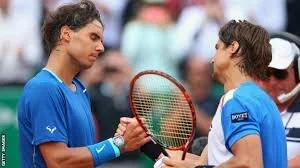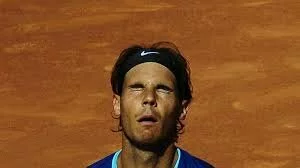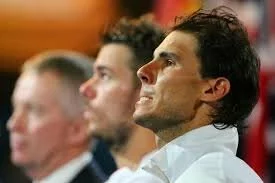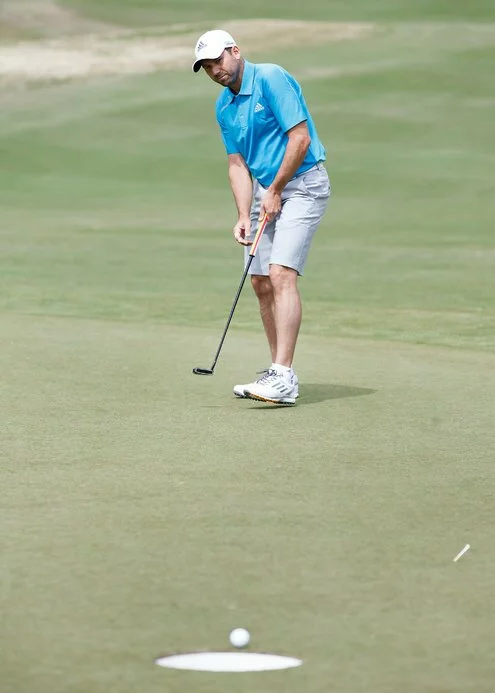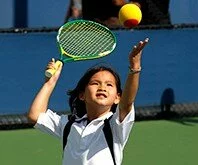Agassi: Nadal is Greatest of All Time
 Amy Eddings Posted on
Amy Eddings Posted on  Thursday, May 8, 2014 at 8:04AM
Thursday, May 8, 2014 at 8:04AM
Eight-time Slam winner and tennis Hall of Famer Andre Agassi threw another log on the fire in the long-smoldering debate over who is the greatest tennis player of all time, siding with those in the Vamos Rafa camp.
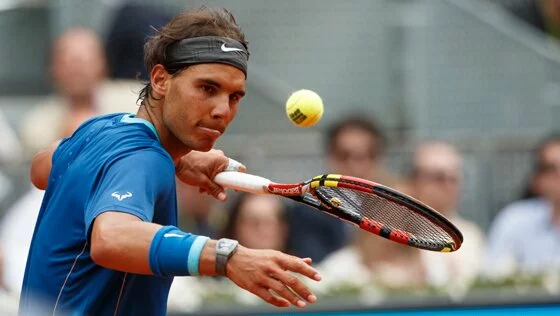
Speaking to Singapore's New Straits Times, he said he'd put Federer in the Number Two spot. Is it even worth it, to be spoken about as ONE OF the greats? Can greatness settle for sloppy seconds? Or does Tennis Hate muck up the discourse with its need to be right?
Agassi is basing his rankings criteria on the quality of the competition they've faced, and not just on trophies collected and Grand Slam titles accrued. In that department, Federer leads Nadal, 17 to 13. But five of Fed's 17 Slams were won between 2003 and 2005, before Rafa started finding his form and his way into the second week of major tournaments. It was in 2005, in the semifinals at Roland Garros, when Federer and Nadal met for the first time in a Slam. Rafa went on to win that match, and the championship agains Mariano Puerta of Argentina, to take his first of eight French Opens and the crown as King of Clay.
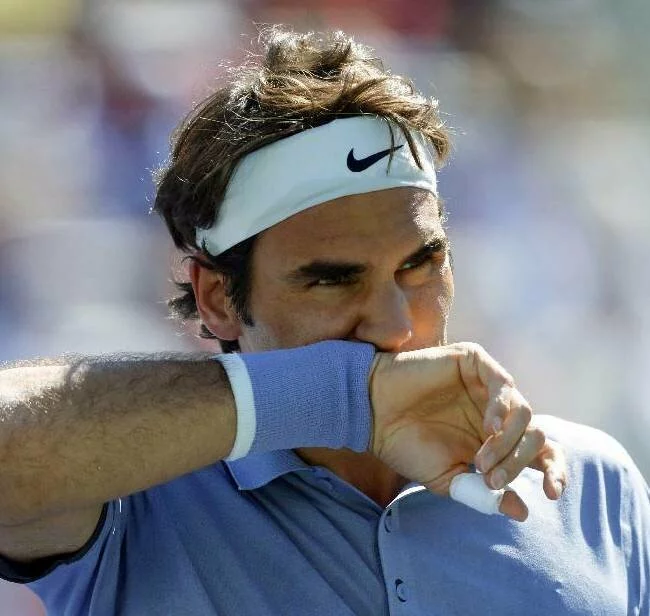 Fed, wiping off sweat during Indian Wells in March, where Novak Djokovic snapped his 11-match winning streak and beat him in the final. Courtesy AP.
Fed, wiping off sweat during Indian Wells in March, where Novak Djokovic snapped his 11-match winning streak and beat him in the final. Courtesy AP.
"Federer separated himself from the field for four years," said Agassi. "He separated himself from (Andy) Roddick and (Lleyton) Hewitt. Nadal had to deal with Federer, (Novak) Djokovic, (Andy) Murray in the golden age of tennis. He has done what he has done and he’s not done yet.”
Whose side am I on in this debate, Haters? I have to agree, grudgingly, with Agassi. I say grudgingly, because I love Fed's game, his class, his all-court style, his effortless effort, his footwork. But Nadal is smarter in competition, more mentally tough. He has not only beaten Fed, Nole, Andy, he's done so after coming back from big physical set backs, like the knee injury that had him laid up for seven months in the latter half of the 2012 season.
Whose side are you on in this debate?
Remember that streak, Haters? Most other players - think Andy Murray right now with his back injury -- take a while to find their form. Not Nadal. He finaled in his first tournament back, at Vina del Mar, then went on a tear, winning 22 consecutive matches and picking up titles like girls at Fort Lauderdale during Spring Break: Sao Paulo, Acapulco, Indian Wells. Ten in all, out of a career-high 14 finals, including victories over Federer in the final in Rome, the quarters in Cincinnati and the semis in London.
That's amazing resilience. That's Greatest Of All Time kind of mental tenancity and confidence.
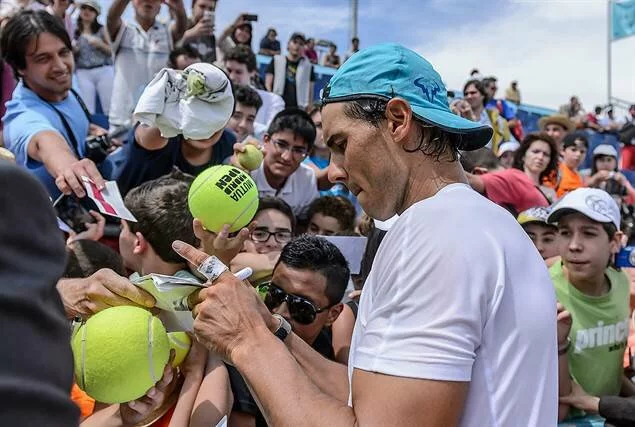 Is he writing in shorthand, GOAT? Rafa, in Madrid, signing autographs. Courtesy AP.
Is he writing in shorthand, GOAT? Rafa, in Madrid, signing autographs. Courtesy AP.


